
The concept that microbes might be beneficial, rather than simply detrimental, to health, enjoys a long history of anectodal evidence.
Dr. Dawn M. Boothe is a professor of physiology and pharmacology at Auburn University College of Veterinary Medicine. She also serves as the director of the Clinical Pharmacology Laboratory, which offers therapeutic drug monitoring services to veterinary practices throughout the country and across the globe.

The concept that microbes might be beneficial, rather than simply detrimental, to health, enjoys a long history of anectodal evidence.

A test is available to detect the MDR-1 genetic deletion that leads to P-glycoprotein deficiencies in collies and related breeds.
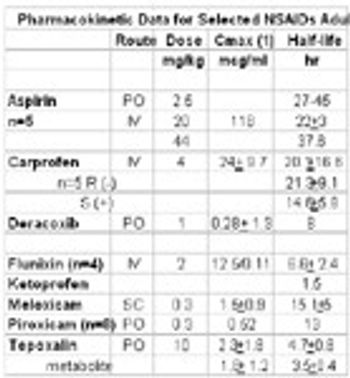
The cat as a species represents a therapeutic challenge when trying to use NSAIDs safely.

Increasingly, the veterinary practitioner will find that the favorite drug of choice is no longer a viable option. The role of resistance in therapeutic failure of antimicrobials is well established.
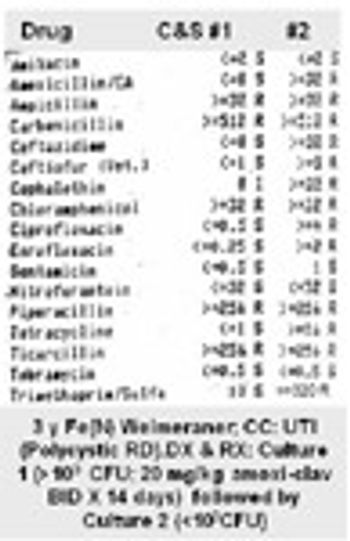
The goal of antimicrobial therapy for UTI is to resolve clinical signs of infection, eliminate bacteruria, and also avoid resistance.

Clinical research struggles for acceptance in veterinary academic and private practice environments.

A test is available to detect the MDR-1 genetic deletion that leads to P-glycoprotein deficiencies in collies and related breeds.

Despite their marked efficacy in suppressing the immune system, alternatives to glucocorticoids must often be considered when treatment immune-mediated or chronic allergic diseases in dogs and cats.
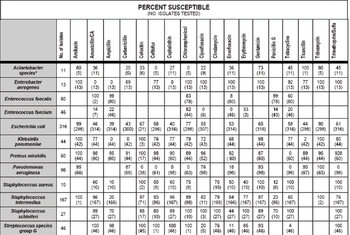
Increasingly, the veterinary practitioner will find that the favorite drug of choice is no longer a viable option.
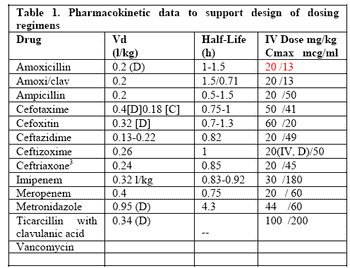
The principles of pharmacology upon which a dosing regimen is based, and the impact of disease in the critical patient were discussed in the companion manuscript entitled "Adjusting Doses" in this same proceedings.

For good reasons, glucocorticoids (GLs) have been the cornerstone of immunosuppressive therapy in humans and animals.
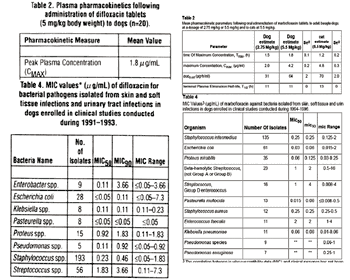
"Even experienced practitioners may not realize that giving a patient antibiotics affects not just that patient, but also their environment, and all the other people that come into contact with that environment."
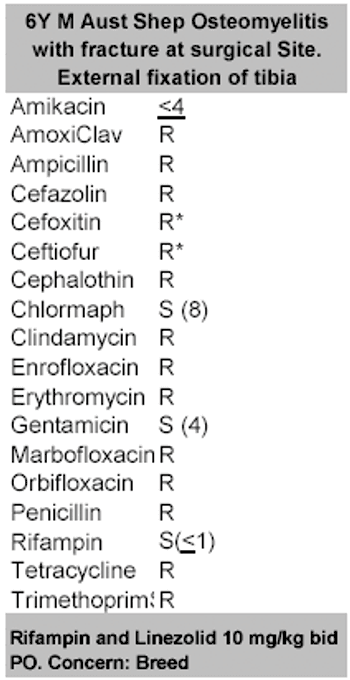
The goal of antimicrobial therapy is to both eliminate bacteruria, but also, to avoid resistance.

Despite their marked efficacy in suppressing the immune system, alternatives to glucocorticoids must often be considered when treatment immune-mediated or chronic allergic diseases in dogs and cats.

Dosing regimens are comprised of a route, dose and interval and are designed to achieve a plasma drug concentration (PDC) within a targeted therapeutic range.
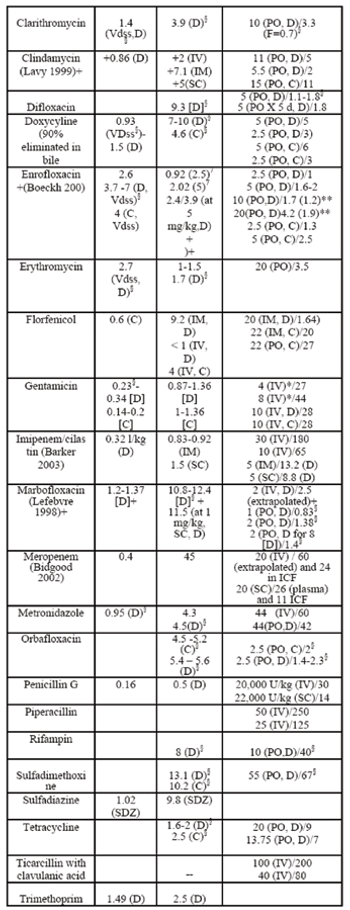
Dosing regimens for antimicrobials should be related to MIC. However, simply achieving the MIC in the patient is not likely to be sufficient for a variety of reasons.
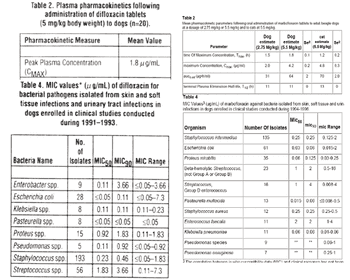
Even experienced practitioners may not realize that giving a patient antibiotics affects not just that patient, but also their environment, and all the other people that come into contact with that environment.
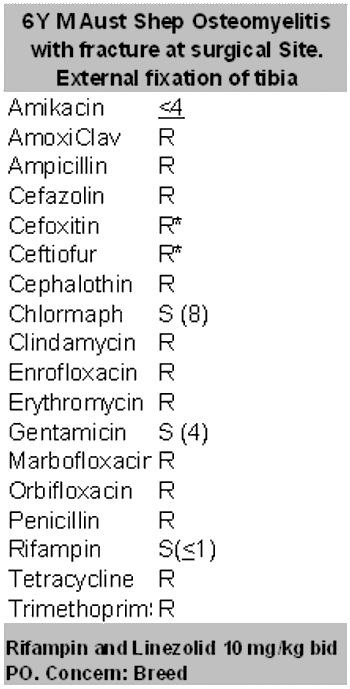
The goal of antimicrobial therapy is to both eliminate bacteruria, but also, to avoid resistance.

For good reasons, glucocorticoids (GLs) have been the cornerstone of immunosuppressive therapy in humans and animals.
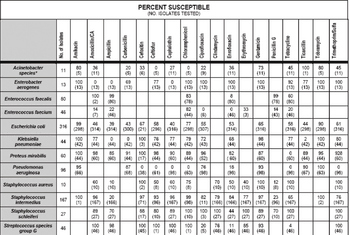
Increasingly, the veterinary practitioner will find that the favorite drug of choice is no longer a viable option.